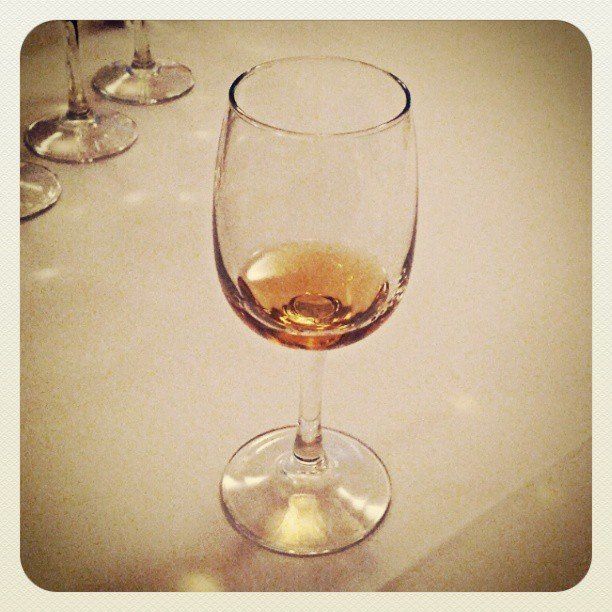The U.S. may have celebrated National Tequila Day last week, but really any day is a good day to enjoy what may well be the finest spirit the Americas has to offer. While drinkers in the U.S. are getting more interested in the distillate of blue agave, it’s clear that tequila doesn’t quite enjoy the same golden reputation as the world’s other fine, barrel aged-spirits, like Scotch, cognac or even the more humble bourbon.
Here are a few of the reasons why tequila deserves a little more love:
1
Good Tequila Isn't What You Might Think it Is
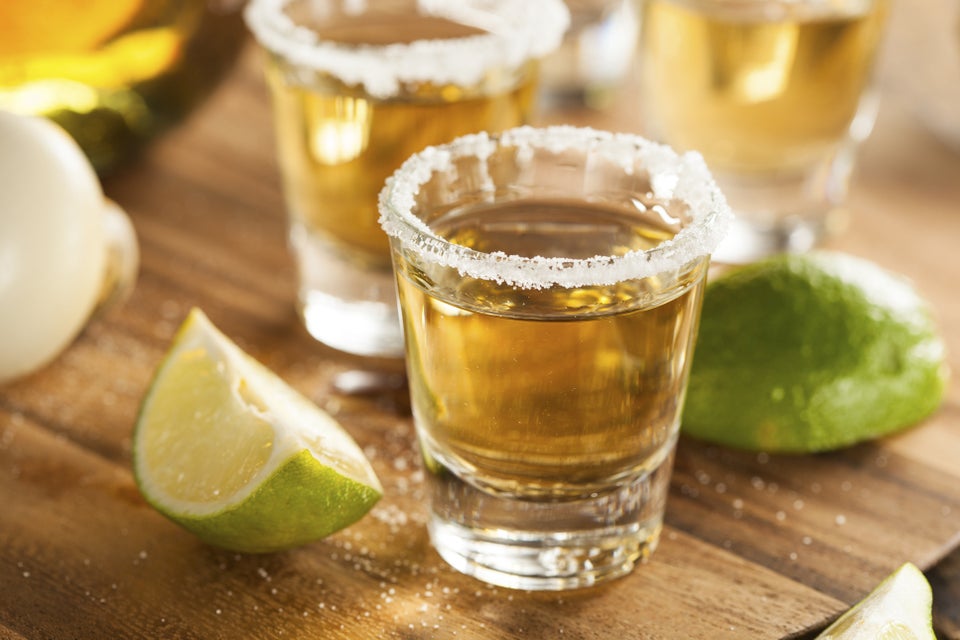
Gettystock
There’s tequila, and then there’s tequila. What most Americans are familiar with is tequila mixto -- a blended product of at least 51 percent agave distillate and as much as 49 percent alcohol from some other source, generally distilled from sugar cane and tinted with caramel coloring. The tradition of accompanying tequila with a lick of salt and a chunk of lime likely evolved to soften the rough edges of tequila mixto.
Much tequila mixto is harsh stuff that induces the nightmarish hangovers people unfairly associate with tequila. But well-made tequilas are just as fine as any other spirit the world has to offer. Look for "100 percent agave" written somewhere on the label, and check out this explainer for some broad recommendations.
Much tequila mixto is harsh stuff that induces the nightmarish hangovers people unfairly associate with tequila. But well-made tequilas are just as fine as any other spirit the world has to offer. Look for "100 percent agave" written somewhere on the label, and check out this explainer for some broad recommendations.
2
Quality Is Improving
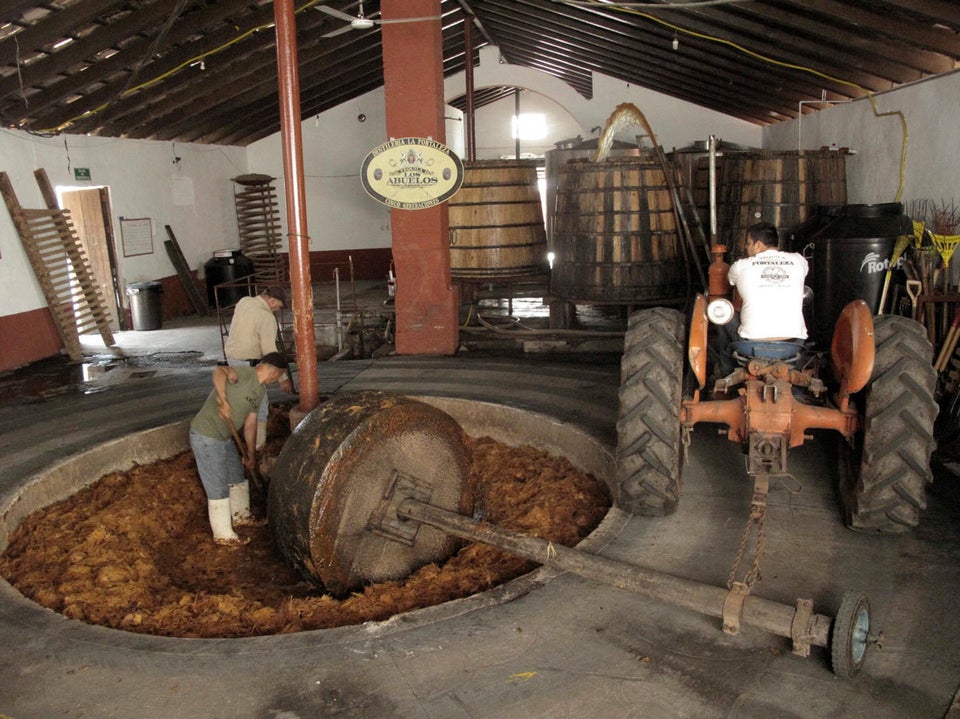
Workers at Destilería la Fortaleza use a tahona to crush the juices from the baked agave (AP)
With sales of tequila doubling over the last decade, many tequila makers are looking back to their roots.
Tequila is made by grinding the roasted agave to squeeze out the juice, which is then fermented and distilled. Nearly a decade ago, Guillermo Erickson Sauza, of the eponymous tequila dynasty, founded Fortaleza, a brand that produces tequila using the traditional method of milling roasted agave by crushing it with a giant stone wheel, called the tahoma. The method allows more of the fibers to mingle with the juice.
“We were originally going to do a machine crush, but we tasted the stone-crushed and we said, that’s it,” Erickson Sauza told The Huffington Post. “The milling is like squeezing the orange by hand versus squeezing with a machine.”
It’s a more labor-intensive process. Erickson Sauza says Fortaleza produces some 2,000 liters of tequila a week, while some distilleries might pump out 100,000 liters in a single day. “It’s not giant volumes,” Erickson Sauza told HuffPost. “The big guys probably laugh at us.”
Not all of them are. Patrón, which dominates the market for premium tequilas in the United States, is releasing a 100 percent tahoma-milled Patrón Roca tequila this year. Patrón has always produced some tequila this way, but the flagship line is a blend of tahoma-milled and machine-milled tequilas. "This is an indication of the evolution of tequila," Patrón spokesman Greg Cohen told HuffPost. "Tequila was for margaritas, tequila was for shots, and that's about it. But at a pretty quick pace, people have come to realize tequila is a sophisticated spirit."
Tequila is made by grinding the roasted agave to squeeze out the juice, which is then fermented and distilled. Nearly a decade ago, Guillermo Erickson Sauza, of the eponymous tequila dynasty, founded Fortaleza, a brand that produces tequila using the traditional method of milling roasted agave by crushing it with a giant stone wheel, called the tahoma. The method allows more of the fibers to mingle with the juice.
“We were originally going to do a machine crush, but we tasted the stone-crushed and we said, that’s it,” Erickson Sauza told The Huffington Post. “The milling is like squeezing the orange by hand versus squeezing with a machine.”
It’s a more labor-intensive process. Erickson Sauza says Fortaleza produces some 2,000 liters of tequila a week, while some distilleries might pump out 100,000 liters in a single day. “It’s not giant volumes,” Erickson Sauza told HuffPost. “The big guys probably laugh at us.”
Not all of them are. Patrón, which dominates the market for premium tequilas in the United States, is releasing a 100 percent tahoma-milled Patrón Roca tequila this year. Patrón has always produced some tequila this way, but the flagship line is a blend of tahoma-milled and machine-milled tequilas. "This is an indication of the evolution of tequila," Patrón spokesman Greg Cohen told HuffPost. "Tequila was for margaritas, tequila was for shots, and that's about it. But at a pretty quick pace, people have come to realize tequila is a sophisticated spirit."
3
Agave Is Beautiful
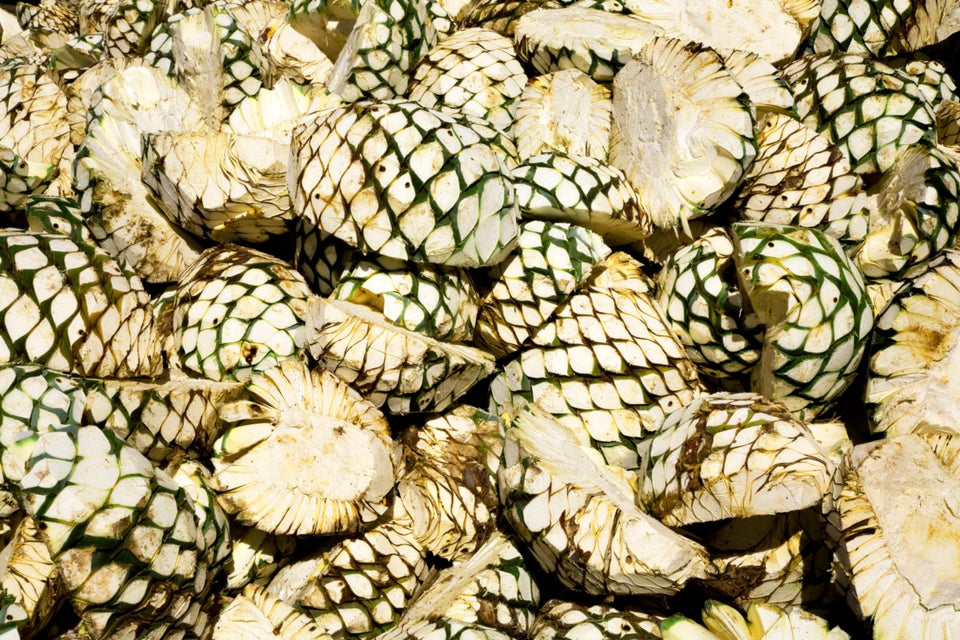
William Perry via Getty Images
Most brown liquors get most of their flavor from aging in barrels. Not so with tequila, which gets much of its flavor from the juice of the agave itself. Blue agave takes roughly six to eight years to ripen enough to make tequila, and some producers distill agave that has taken 10 years to grow. It's those years baking in the sun that produce that unmistakable vegetal aroma and earthy taste emanating from the distillate of blue agave.
Advertisement
4
Tequila Offers Variety
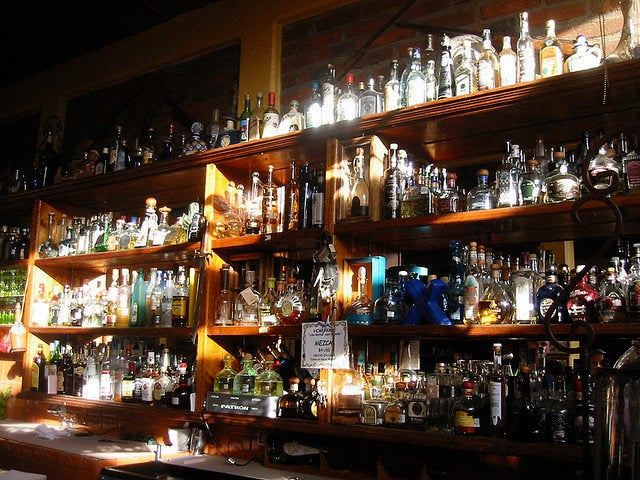
Elke Sisco at Flickr
Tequila changes dramatically with aging. Most brands make tequila in three forms: unaged “blancos,” “reposados” that have been aged between two months and a year in oak barrels,” and “añejos,” which see more than a year in a barrel. Conventional wisdom holds that agave doesn’t stand up well to long-term aging, but recent years have also seen the evolution of the so-called “extra añejo” category. Aged for more than three years and sometimes more than 10, the growing extra añejo trend was likely spurred in part by the fanaticism and steep prices commanded by hyper-aged whiskies.
Many purists lean toward the unaged blancos that show off the aroma of the agave itself. These tequilas don't have the flavors imparted by the oak barrels, which tend to overpower the agave. Whether or not you agree will depend in part on whether you’ve developed a taste for brown spirits like bourbon, rye whiskey, Scotch, aged rum and the like. If you have, you may tilt toward the nuttier, more vanilla-tinged flavors of reposado and añejo tequila. But if you want to take tequila on its own terms, it’s worth experimenting with some well-made blancos to get to know what it tastes like right off the still.
Many purists lean toward the unaged blancos that show off the aroma of the agave itself. These tequilas don't have the flavors imparted by the oak barrels, which tend to overpower the agave. Whether or not you agree will depend in part on whether you’ve developed a taste for brown spirits like bourbon, rye whiskey, Scotch, aged rum and the like. If you have, you may tilt toward the nuttier, more vanilla-tinged flavors of reposado and añejo tequila. But if you want to take tequila on its own terms, it’s worth experimenting with some well-made blancos to get to know what it tastes like right off the still.
5
The Drink Breeds Harmony Between Neighbors
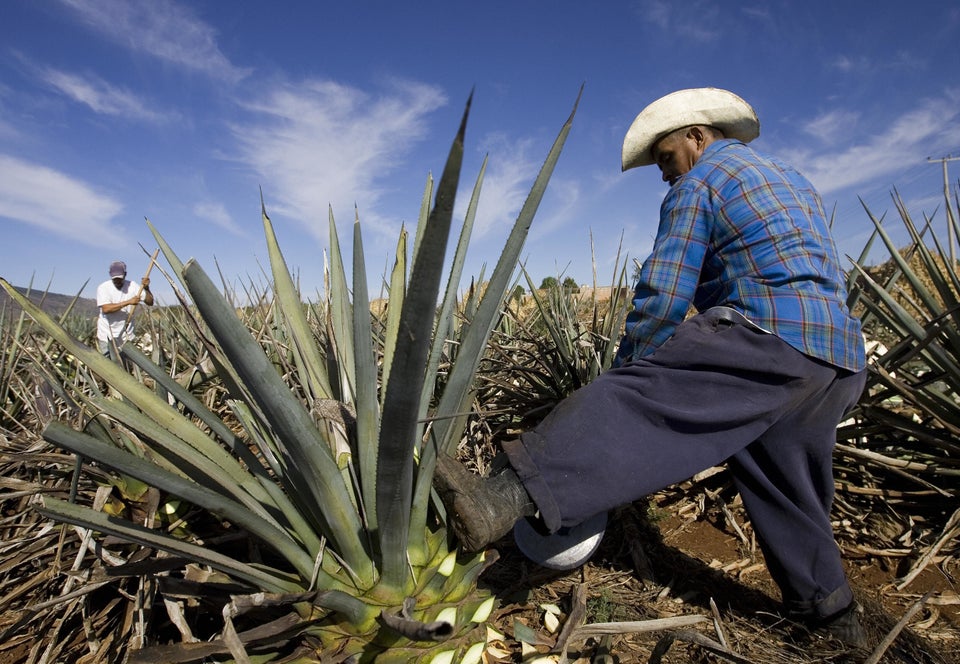
Adolfo Mendoza harvests a blue Agave plant for the production of tequila in Arandas, Mexico, 11 January 2008. (Getty)
Longstanding tequila connections bind the United States and Mexico. Despite being a quintessentially Mexican product, the largest market for tequila is the United States. Tequila was there to console Americans during Prohibition, when it became a favored drink in speakeasies across the Southwest, according to Anthony Dias Blue’s Complete Book of Spirits. It was likely in Mexico that bartenders influenced by U.S. cocktail culture gave birth to the margarita, the most famous tequila cocktail.
So raise your glass to the border and give tequila the respect it deserves.
So raise your glass to the border and give tequila the respect it deserves.

